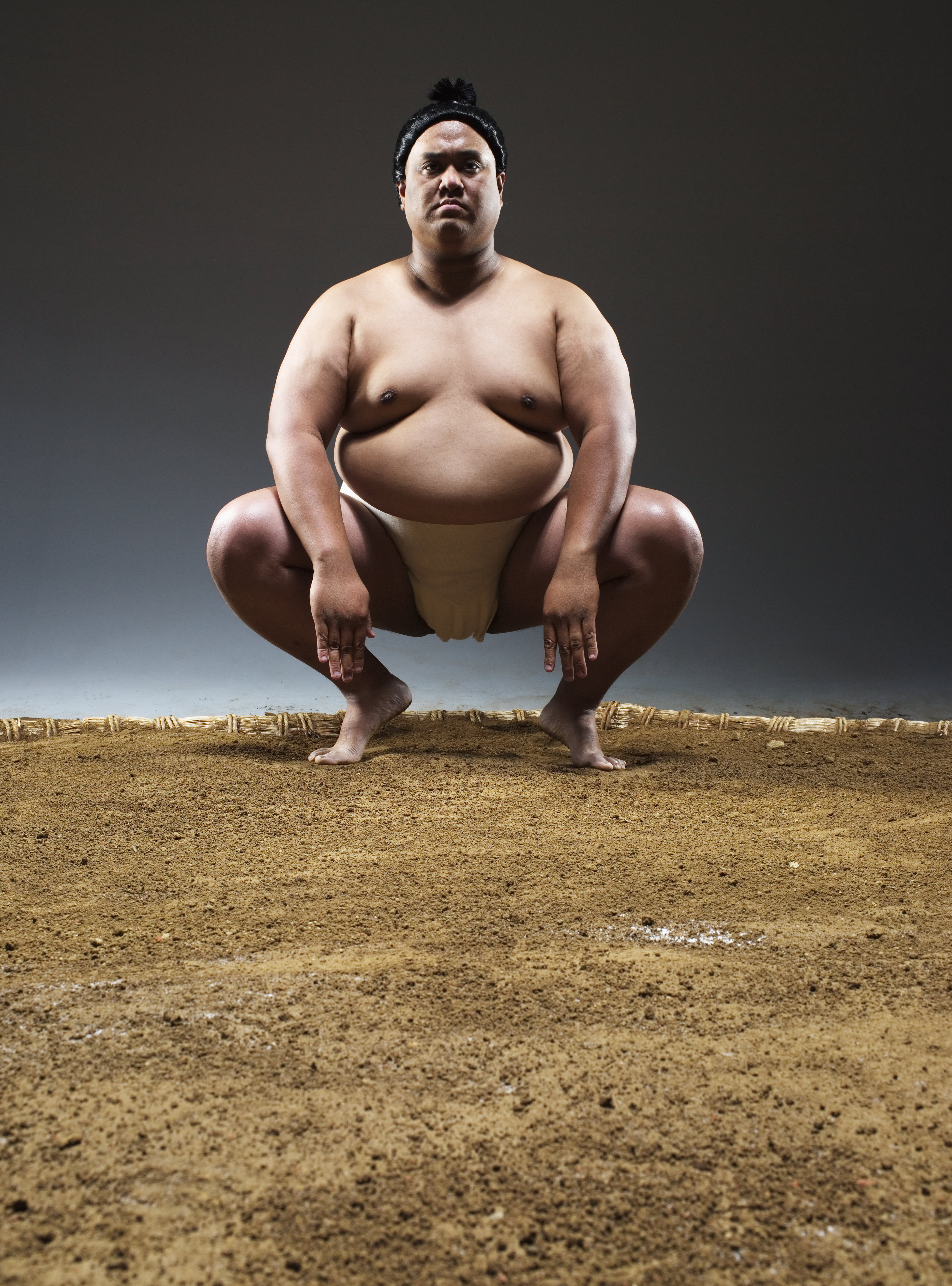There’s nothing like being there in person.
The Japanese sport of sumo has been around for more than 1,000 years. It was originally performed to entertain Shinto deities and then became a court entertainment before gaining popularity among the general public in the Edo era in the 17th and 18th centuries. Even in modern Japan, crowds still flock to see the biggest and best in the sport, with sumo wrestlers like Hakuho and Kakuryu established as household names.
An afternoon at the sumo is a tremendous spectacle, from the ceremonial parades of wrestlers to the pre-fight Shinto rituals and posturing. After salt is tossed to purify the elevated ring, each bout is a brief but explosive contest that often ends with a giant wrestler tumbling into the crowd.
Japanese sumo grand champion Kisenosato (R) throws down ozeki-ranked wrestler Terunofuji (L) of Mongolia in a playoff bout to win the Spring Grand Sumo Tournament in Osaka on March 26, 2017.
JIJI PRESS | AFP | Getty Images
Elite sumo is focused on six annual 15-day grand sumo tournaments. These take place in Osaka in March, Nagoya in July, Fukuoka in November and in Tokyo — at the Kokugikan arena, the home of sumo — in January, May and September. The exact dates are listed on the Sumo Association’s website.
Here’s our guide to getting tickets and making the most of the sumo experience.
Getting tickets
Tickets for the six grand tournaments go on sale about one month before each tournament and often sell out quickly. Tickets can be purchased via the Sumo Association’s English-language website.
A sumo wrestler’s chignon is secured before a summer special event in Tokyo, Japan.
Katsumi KASAHARA | Gamma-Rapho | Getty Images
Another option is to get up early for same-day tickets. At the Tokyo tournaments, people start lining up outside the Kokugikan ticket office at around 6 a.m. to snag one of the 400 or so same-day tickets that go on sale at 8:40 a.m. Such an early start may not be necessary; most people who show up by 7 a.m. manage to secure a ticket.
The drawback with the same-day tickets is that they are in the uppermost tier at the very back of the arena — far enough away that even sumo look small — and each person in line can only get one ticket. The upside is that those tickets are only 2,200 yen ($20), though the price varies by arena.
Where to sit
Each venue offers arena seats and Japanese-style box seats. The arena seats are conventional seats that are farther away from the dohyo, or ring, while the boxes are square mats closer to the action. Shoes must be removed to sit in the boxes, and seating is on floor cushions, which can be a bit uncomfortable especially for the long-legged. Those sitting in ringside boxes also run the risk of a 300-pound, near naked wrestler landing in their lap.
A sumo wrestler picks up a handful of salt to throw into the ring before his bout.
RICHARD A. BROOKS | AFP | Getty Images
Though it varies by venue, box prices start from 9,500 yen per person (and typically accommodate from one to six people) while arena seats start from 2,100 yen.
When to show up
Timing makes a huge difference. Matches for low-ranked wrestlers start in the morning, so those who are extremely keen can have a full day at the sumo. Really, it’s better to go later. At all six tournaments, the arena begins to fill about an hour ahead of the top-ranked bouts that commence at 4 p.m.
Professional sumo wrestler Toyonoshima lifts up junior sumo wrestlers during an exhibition in Tokyo.
YOSHIKAZU TSUNO | AFP | Getty Images
Aim to be seated by 3:30 p.m, to see the top wrestlers parade around the dohyo ahead of their fights — that’s when the atmosphere warms up and anticipation begins to build. The bouts, which can last just seconds and rarely go beyond several minutes, end around 6 p.m.
What to do before
Before sumo matches in Tokyo begin, drop into the Edo-Tokyo Museum which is located next to the Kokugikan. It does a superb job of documenting Tokyo’s rise (and occasional falls) from the 1600s to the present. It opens at 9:30 a.m and is an especially good option for killing time after getting same-day tickets.
Where to eat after
After the tournament, plan for a dinner of chanko nabe, the hearty hotpot of vegetables, meat and seafood that sumo wrestlers eat to bulk up. There are dozens of chanko nabe restaurants in the neighborhood of Ryogoku, where the Kokugikan is located. Quite a few of those restaurants are owned by ex-sumo, including Terao which is run by a family of ex-wrestlers.
